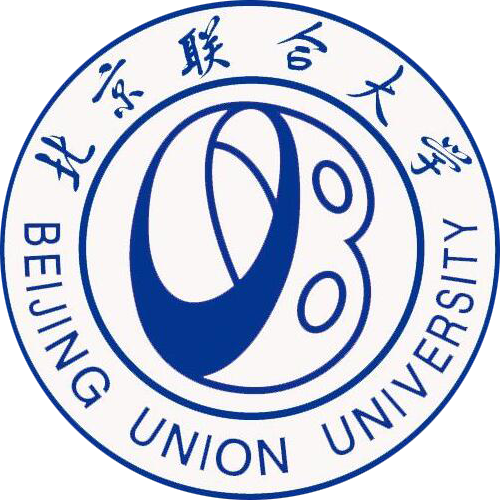详细信息
Study of gold leaching from pre-treated waste printed circuit boards by thiosulfate-cobalt-glycine system and separation by solvent extraction ( SCI-EXPANDED收录 EI收录)
文献类型:期刊文献
英文题名:Study of gold leaching from pre-treated waste printed circuit boards by thiosulfate-cobalt-glycine system and separation by solvent extraction
作者:Hao, Juanjuan[1,4];Wang, Xiaolu[1];Wang, Yishu[1];Guo, Fu[1,2,3];Wu, Yufeng[1]
第一作者:Hao, Juanjuan
通讯作者:Wang, XL[1];Guo, F[1]
机构:[1]Beijing Univ Technol, Fac Mat & Mfg, Beijing 100124, Peoples R China;[2]Minist Educ, Key Lab Adv Funct Mat, Beijing 100124, Peoples R China;[3]Beijing Union Univ, Coll Robot, Beijing 100101, Peoples R China;[4]Tech Ctr Inner Mongolia Baotou Steel Union Co Ltd, Baotou 014010, Inner Mongolia, Peoples R China
第一机构:Beijing Univ Technol, Fac Mat & Mfg, Beijing 100124, Peoples R China
通讯机构:[1]corresponding author), Beijing Univ Technol, Fac Mat & Mfg, Beijing 100124, Peoples R China.
年份:2023
卷号:221
外文期刊名:HYDROMETALLURGY
收录:;EI(收录号:20233314566481);Scopus(收录号:2-s2.0-85167776300);WOS:【SCI-EXPANDED(收录号:WOS:001059350100001)】;
基金:
语种:英文
外文关键词:Waste printed circuit boards; Gold recovery; Cobalt-glycine catalysis; Solvent extraction
摘要:The recovery of gold (Au) from waste printed circuit boards (WPCBs) derived from discarded mobile phones is crucial for the resource preservation and environmental protection. In this context, thiosulfate has emerged as a viable alternative to the toxic compound cyanide for Au leaching. However, the conventional thiosulfate leaching system has a main problem that is large thiosulfate consumption, which limits its commercial application. In this study, we developed a novel thiosulfate leaching system that utilizes a cobalt (Co(II))-glycine (gly) complex as the catalyst. Our findings demonstrate that the Co(II)-glycine-thiosulfate system exhibits excellent Au leaching performance coupled with low thiosulfate consumption. The effects of several parameters on Au leaching efficiencies and thiosulfate consumption were investigated. Increasing the concentrations of Co(II), thiosulfate, or glycine was beneficial to the Au leaching. However, increasing temperature promoted the oxidative decomposition of thiosulfate and reduced cobalt stability, negatively impacting Au leaching. Additionally, small amounts of base metals remained after pretreatment of WPCBs using HCl system and H2SO4-H2O2 system. Therefore, the roasting-assisted leaching process eliminated the adverse effects of these impurity metals and further improved Au leaching efficiency to 97.8% while also decreased thiosulfate consumption. The recovery of Au from the pregnant leach solution was also studied, and our findings demonstrated that N1923 can efficiently extract Au from the solution through anion exchange. Our study developed a novel and efficient Au thiosulfate leaching system catalyzed by the Co(gly)3/Co(S2O3)34- redox couple, and put forward a promising approach to enhance Au recyclability from WPCBs while significantly reducing thiosulfate consumption.
参考文献:
![]() 正在载入数据...
正在载入数据...


